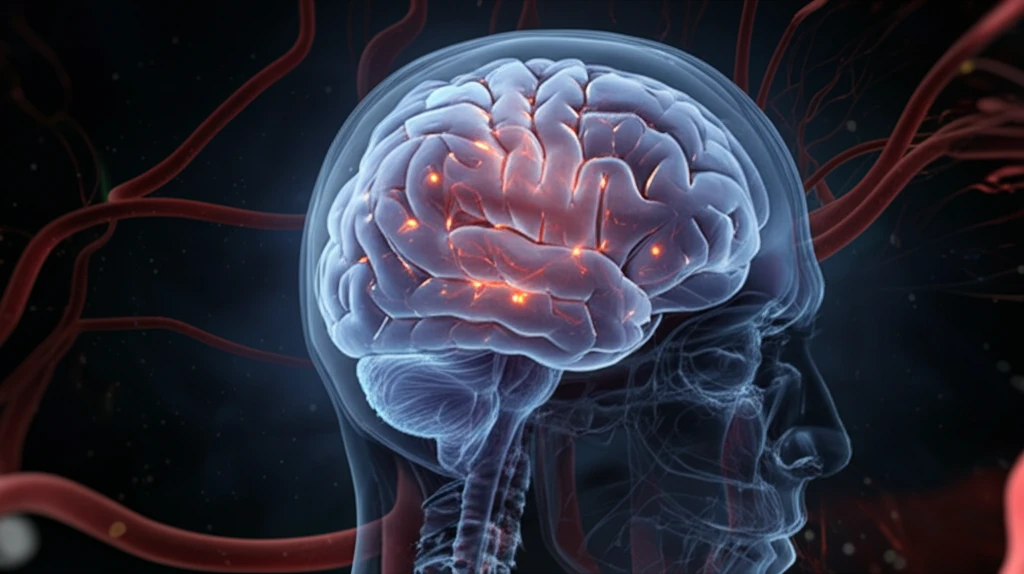
Unlocking the Enigma: High-Grade Angiocentric Glioma and the Quest for Early Diagnosis
"A Deep Dive into a Rare Brain Tumor and the Latest Imaging Techniques That Could Save Lives"
In the ever-evolving landscape of medical science, where breakthroughs often hinge on the ability to detect and understand anomalies, a spotlight shines on the intricate world of brain tumors. Among these, angiocentric glioma presents a particularly compelling challenge. Once considered a relatively benign entity primarily affecting young children, recent findings suggest a more complex reality, including the potential for aggressive, high-grade variants in older patients.
Angiocentric gliomas, now recognized as distinct neuroepithelial tumors by the World Health Organization (WHO), are characterized by their unique growth pattern around blood vessels. While traditionally associated with slow-growing, low-grade neoplasms causing chronic seizures in pediatric patients, the identification of high-grade forms necessitates a re-evaluation of diagnostic and treatment strategies. This article explores the subtle nuances of this rare tumor, highlighting the latest research and imaging techniques that promise earlier detection and improved patient care.
Imagine a scenario where subtle changes on an MRI scan can differentiate between a benign lesion and a potentially life-threatening malignancy. This is the frontier of modern neuroradiology, where advanced imaging modalities like diffusion imaging, spectroscopy, and tractography are transforming our understanding of complex brain tumors.
Decoding Angiocentric Glioma: A Case Study

In a recent case that underscores the diagnostic challenges posed by angiocentric glioma, a 15-year-old male presented with progressive weakness and numbness on the left side of his body. Initial neurological examination revealed a range of symptoms, including bilateral papilledema, facial droop, and reduced strength in the extremities. Routine laboratory investigations yielded normal results, leading to an initial diagnostic dilemma.
- Advanced imaging techniques, including diffusion imaging, spectroscopy, and tractography, are transforming our understanding of complex brain tumors.
- MR spectroscopy revealed elevated choline/phosphocreatine and choline/N-acetyl aspartate ratios, suggesting an aggressive tumor.
- The case underscores the diagnostic challenges posed by angiocentric glioma.
- DTT aided in neurosurgical planning by mapping neuronal fiber tracts.
The Future of Angiocentric Glioma Diagnosis
This case serves as a potent reminder that angiocentric glioma, even in its high-grade form, should remain on the radar of clinicians evaluating brain tumors, particularly in adolescent and young adult patients. By integrating advanced imaging techniques with careful histopathological analysis, the medical community can strive toward earlier, more accurate diagnoses, ultimately improving outcomes for those affected by this rare and challenging neoplasm.
